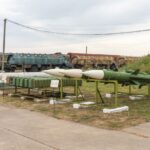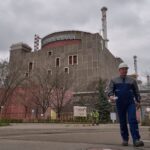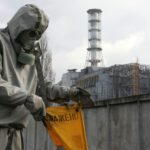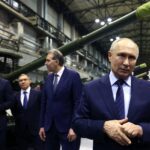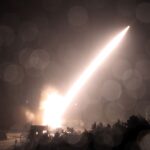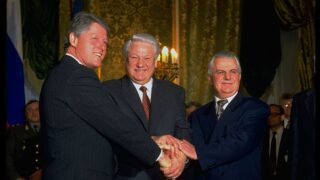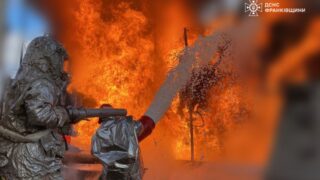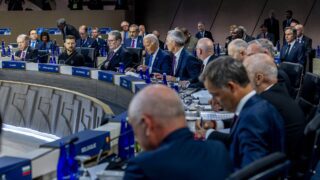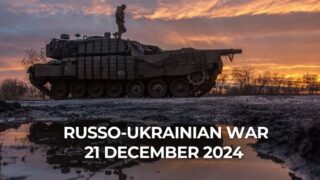
Russia repurposes nuclear forces personnel as infantry amid manpower shortages
Russia has formed an infantry regiment from Strategic Missile Forces (RVSN) personnel – traditionally operators of nuclear launch facilities – for deployment in its war against Ukraine, according to Militarnyi‘s report on 22 October.
In a recent video, Russian volunteer Vladimir Grubnik, supporting Russia’s army, revealed that “the 1st Strategic Missile Forces regiment is now performing tasks of a regular separate infantry regiment in the Kursk direction.” He noted that the unit is fighting as a conventional infantry force with small arms, organized into separate battalions.
According to Grubnik, the redeployment was necessitated by acute personnel shortages on the frontline and the absence of mobilization in Russia, forcing the military to draw contract soldiers from “non-infantry” units, including both the Strategic Missile Forces and Aerospace Forces.
Such RVSN security companies are equipped with light armored vehicles such as Z-STS “Akhmat” and small arms, and include reconnaissance drone platoons and sapper units, as the Russian Defense Ministry’s video from recent drills shows.
Militarnyi concluded that these units likely began forming in late summer 2023, with initial deployments in occupied Kharkiv Oblast, later shifting to Kursk Oblast in September. The converted regiment is estimated to consist of 1,000 to 2,000 personnel, though actual numbers may vary, and it likely comprises support staff and security company members rather than specialists handling nuclear weapons operations.
Related:

